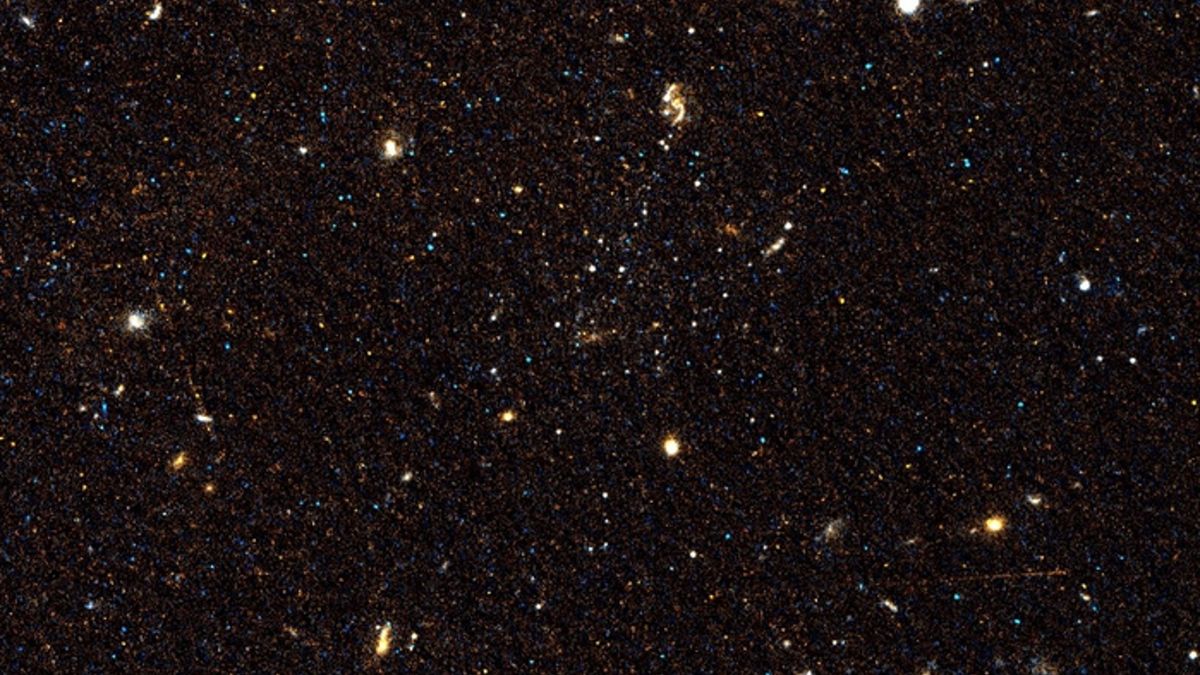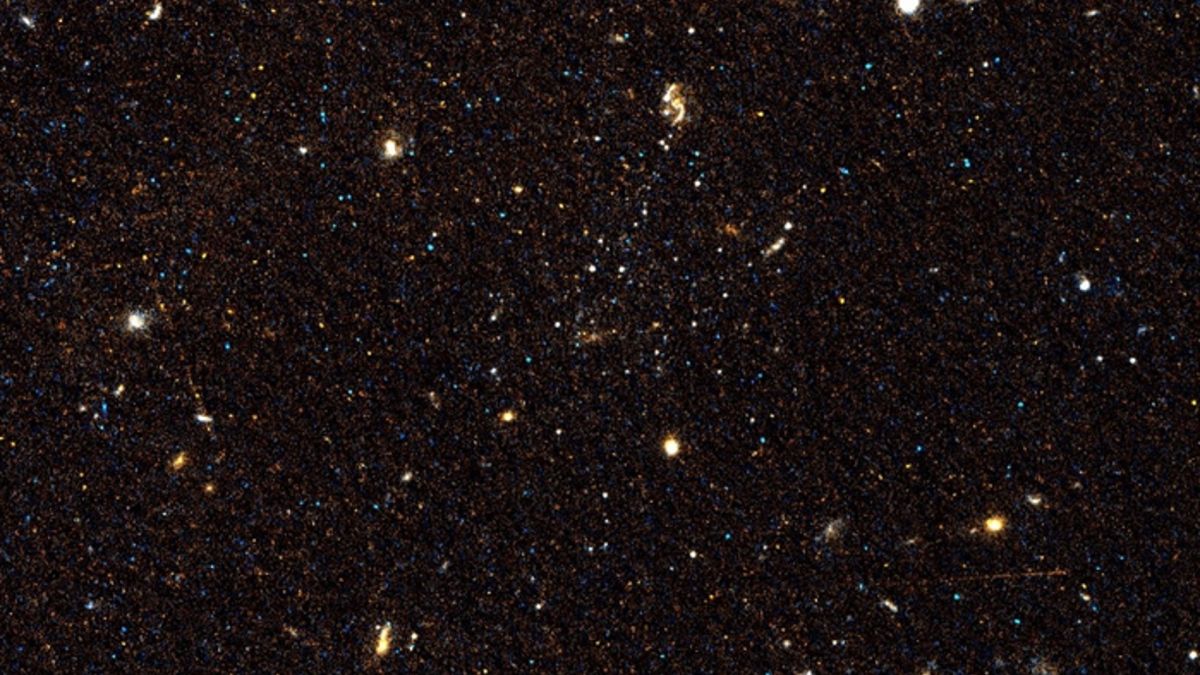
Three ultra-faint dwarf galaxies have been discovered around a distant spiral galaxy with a mass similar to the Milky Way. The dwarf galaxies are believed to be around 12 billion years old, meaning their stars formed early in the universe’s history, under 2 billion years after the Big Bang.
At a distance of around 11.4 million years away from Earth, the ultra-faint galaxies are the first to be found orbiting a Milky Way-like galaxy outside of our galaxy’s cosmic backyard, known by astronomers as its “Local Group” which includes Andromeda and other neighboring galaxies.
Despite their vast distance and origins in the early universe, the three ultra-faint dwarf galaxies which orbit the spiral galaxy known as NGC253, or the Sculptor Galaxy, have characteristics that resemble ultra-faint dwarf galaxies in the Local Group.
This means the new discovery could reveal more about ultra-faint dwarf galaxies in addition to helping unlock the secrets of the early universe and early galaxies.
Related: James Webb Space Telescope uncovers starbirth clues at ‘cosmic noon’ for 33,000 young stars
“Our work is the necessary first step toward further understanding the faintest galaxies beyond the Local Group, and toward more robustly constraining the demographics of ultra-faint dwarf galaxies,” lead researcher and assistant professor of physics and astronomy at Dartmouth College Mutlu-Pakdil said in a statement. (opens in new tab) “We still do not know whether the Local Group ultra-faint dwarf galaxies are typical or unusual. To answer this fundamental question, we need to discover more ultra-faint dwarf galaxies beyond our local environment and study them in detail.”
The three galaxies were first identified by the Megacam on the Magellan Clay Telescope at Las Campanas Observatory, Chile. The discovery was subsequently confirmed with the Hubble Space Telescope.
Ultra-faint dwarf galaxies are considered to be the least luminous and least chemically rich galaxies astronomers know of. Low-mass satellite galaxies such as these are, however, dominated by dark matter. Dark matter is the mysterious form of matter that comprises around 85% of the mass of the universe but is all but invisible, as it does not interact with light or other forms of electromagnetic radiation. Its presence is instead theorized to exist based on observations of gravitational effects thought to be caused by this invisible matter.
RELATED STORIES:
The fact that dark matter doesn’t interact with light means that its constituent particles can’t be protons or neutrons, the particles that make up the everyday matter that comprises stars, planets, and us. Thus far, the particles that make up dark matter remain mysterious. Physicists are keen to answer questions about their nature and what role they may have played in the evolution of the universe.
Most galaxies are surrounded by dark matter haloes that can only be inferred due to their interaction with the fundamental force of gravity, but in ultra-faint dwarf galaxies, the influence of dark matter is more significant.
This means that astronomers consider ultra-faint dwarfs to be well-preserved galactic chemically-pristine fossils that offer insight into the conditions in the early universe and a path towards investigating how dark matter has caused the universe to evolve. That makes these three distant 12 billion-year-old dwarf galaxies ideal for studying the conditions in the universe when the first galaxies began to form.
“Dwarf galaxies are the building blocks of larger galaxies,” Mutlu-Pakdil said. “Ultra-faint dwarf galaxies are the best place to study galaxy formation on the smallest scales and learn how the smallest dark matter clumps get populated with stars and turn into galaxies.”
The team’s findings were announced at the 241st meeting of the American Astronomical Society on Wednesday, Jan. 12.
Follow us @Spacedotcom (opens in new tab), or on Facebook (opens in new tab) and Instagram (opens in new tab).



